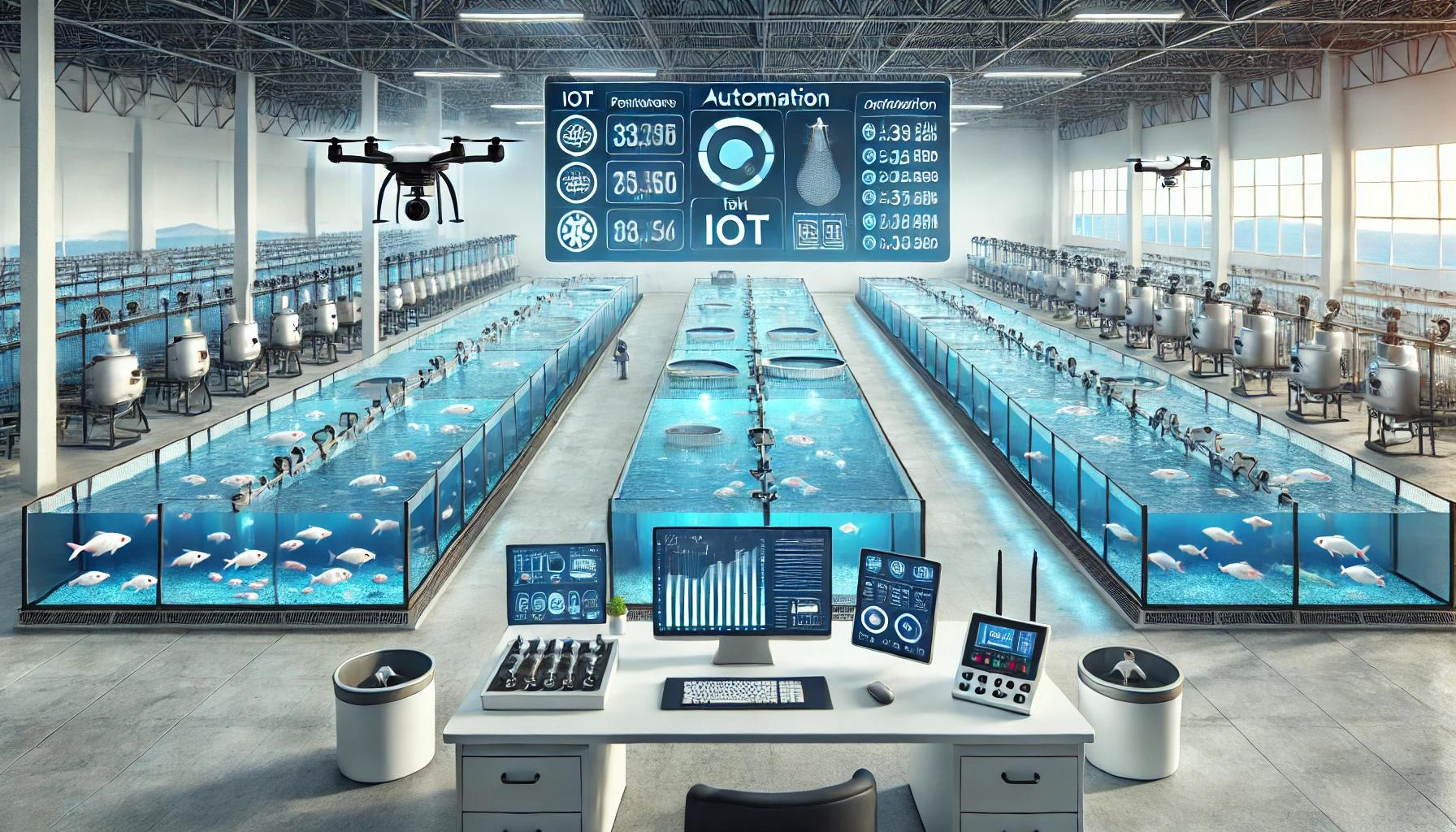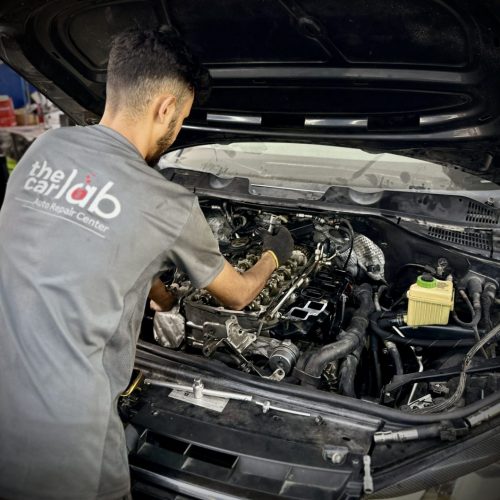Introduction
The global aquaculture industry is expanding rapidly, with the FAO reporting that aquaculture now supplies over 50% of the world’s seafood. However, managing a fish farm efficiently while ensuring sustainability is a complex challenge. This is where fish farm management software comes into play—revolutionizing the way aquaculture businesses operate.
From automating feeding schedules to monitoring water quality in real time, this technology is a game-changer for modern fish farming. In this article, we’ll explore the key benefits of fish farm management software, its role in sustainable aquaculture, and how it can boost productivity and profitability.
What is Fish Farm Management Software?
These farm management software is a digital tool designed to streamline aquaculture operations by integrating data collection, analysis, and automation. It helps farmers monitor key parameters such as:
- Water quality (pH, oxygen levels, temperature)
- Feeding schedules (automated or optimized feeding)
- Stock health and growth rates
- Inventory and supply chain management
- Financial tracking and reporting
By leveraging IoT sensors, AI, and cloud computing, this software provides actionable insights that enhance decision-making and operational efficiency.
Key Benefits
1. Improved Operational Efficiency
Manual record-keeping and guesswork in fish farming lead to inefficiencies. Fish farm management software automates data logging, reducing human error and saving time.
- Automated Feeding Systems: Adjust feeding schedules based on fish growth and behavior.
- Real-Time Alerts: Get notified of critical changes in water conditions.
- Task Automation: Schedule harvests, treatments, and maintenance seamlessly.
According to a study by Aquaculture Engineering, farms using digital management tools saw a 20-30% increase in operational efficiency.
2. Enhanced Fish Health and Growth
Maintaining optimal water conditions is crucial for fish health. Poor water quality leads to disease outbreaks and stunted growth.
- Water Quality Monitoring: Sensors track dissolved oxygen, ammonia, and temperature, ensuring ideal conditions.
- Disease Prediction: AI-driven analytics detect early signs of stress or illness.
- Growth Tracking: Monitor weight gain and adjust feeding regimes for maximum yield.
A report from The World Bank highlights that smart aquaculture systems reduce mortality rates by up to 15%.
3. Sustainable Aquaculture Practices
Sustainability is a major concern in aquaculture. Overfeeding, pollution, and resource mismanagement harm ecosystems.
- Precision Feeding: Reduces feed waste and lowers environmental impact.
- Effluent Management: Tracks waste discharge to comply with regulations.
- Energy Optimization: Monitors energy use in pumps and aeration systems.
The Global Aquaculture Alliance states that farms using digital tools reduce feed waste by 10-20%, promoting eco-friendly practices.
4. Cost Savings and Higher Profitability
Manual labor and inefficiencies drive up costs. Fish farm management software cuts expenses while improving output.
- Reduced Labor Costs: Automation minimizes manual monitoring.
- Lower Feed Costs: Precision feeding prevents overuse.
- Better Inventory Control: Prevents overstocking or shortages.
A case study by Intrafish found that farms using management software increased profit margins by 12-18% annually.
5. Compliance and Traceability
Regulations in aquaculture are becoming stricter. Software helps maintain compliance with:
- Environmental laws (waste discharge limits)
- Food safety standards (FDA, EU regulations)
- Certifications (ASC, BAP)
Blockchain-enabled traceability also ensures transparency in the supply chain, boosting consumer trust.
Top Features to Look for in Fish Farm Management Software
When choosing a software solution, consider these essential features:
✅ Real-Time Monitoring (IoT sensors for water quality)
✅ Automated Reporting (growth rates, feed conversion ratios)
✅ Predictive Analytics (AI for disease and growth forecasting)
✅ Mobile Accessibility (remote farm management)
✅ Integration Capabilities (ERP, accounting software)
Leading solutions like AquaManager, AKVA group, and XpertSea offer these functionalities.
Real-World Success Stories
Case Study 1: Norwegian Salmon Farms
Norwegian salmon farms adopted AKVA group’s software, leading to:
- 15% higher survival rates
- 10% reduction in feed costs
- Full regulatory compliance
Case Study 2: Shrimp Farming in Vietnam
A Vietnamese shrimp farm implemented XpertSea’s AI-driven platform, resulting in:
- 20% increase in harvest yields
- Better disease management
- Improved export certification success
Future Trends in Aquaculture Technology
The future of fish farming lies in AI, machine learning, and blockchain. Expect advancements like:
🔹 Autonomous Drones for feeding and monitoring
🔹 Genetic Analytics for breeding optimization
🔹 Carbon Footprint Tracking for sustainability reporting
Conclusion
Fish farm management software is transforming aquaculture by enhancing efficiency, sustainability, and profitability. With real-time monitoring, automation, and AI-driven insights, farmers can reduce costs, improve yields, and meet regulatory demands.
As the industry grows, adopting digital tools will be essential for staying competitive in sustainable aquaculture.
Ready to optimize your fish farm? Explore the best fish farm management software solutions today!











